11 December 2024
Western Sydney University Music Vibrations and Breath: Sonic Esthetics of a Stream of Creative Actions
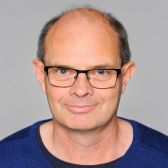 Image: Bruce Crossman
Image: Bruce Crossman © Tod Clarke
Dipping and rising beauty from a single tonei vibration on the Chinese guzheng, like a wave kicked into rippling motion from an unknown source, filled the Playhouse Auditorium at our Penrith Campus in the middle of 30th Anniversary Concert of the Music Area at Western Sydney University. Here, the performer's body rolled and rippled with motions to release energy into the strings-the ancient art of Qiyunii, where Chuqiao Zhao calculated precisely her own energy flows to impart this sense of spirit into the sound. Her elegant posture suddenly changed, instead of yun-like gentle subtly of after-tones, our doctoral student from China threw the weight of her body at the instrument head striking the resonating chamber and strings simultaneously to a release a wave-crashing sound resonating into the space like a storm, to leave an audience gasping. Venerable Chinese composer and long-term resident of downtown New York, Chou Wen-Chung, talks of the ancient and contemporary power of this aesthetic as "Asian esthetics a flowing stream, which pushes forward irreversibly in constant response to an ever-changing environment and in eternal search for the future, and in which the past lives in the present.iii" Here the musical energy was a palpable force to inform the present with the ancient and yet set-up waves of possibilities for future creativity. The sonic energy of the concert was ably supported and subtly distributed by technical officer and former Master of Research composition student, Alexander Frendo at the mixing desk, with funding support from Western Sydney Creative, through Dr Brendan Smyly's Art of Sound program.
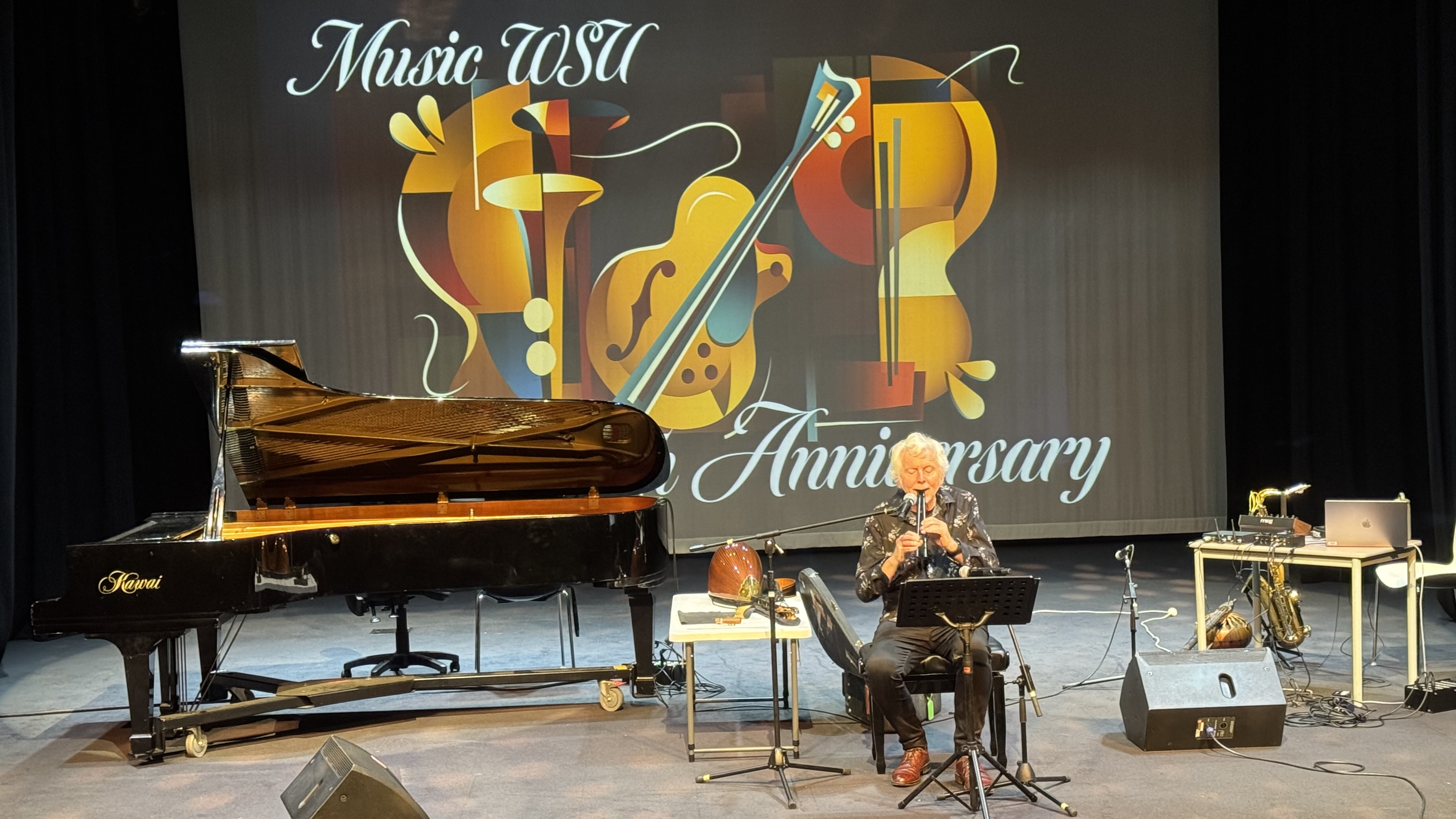
|
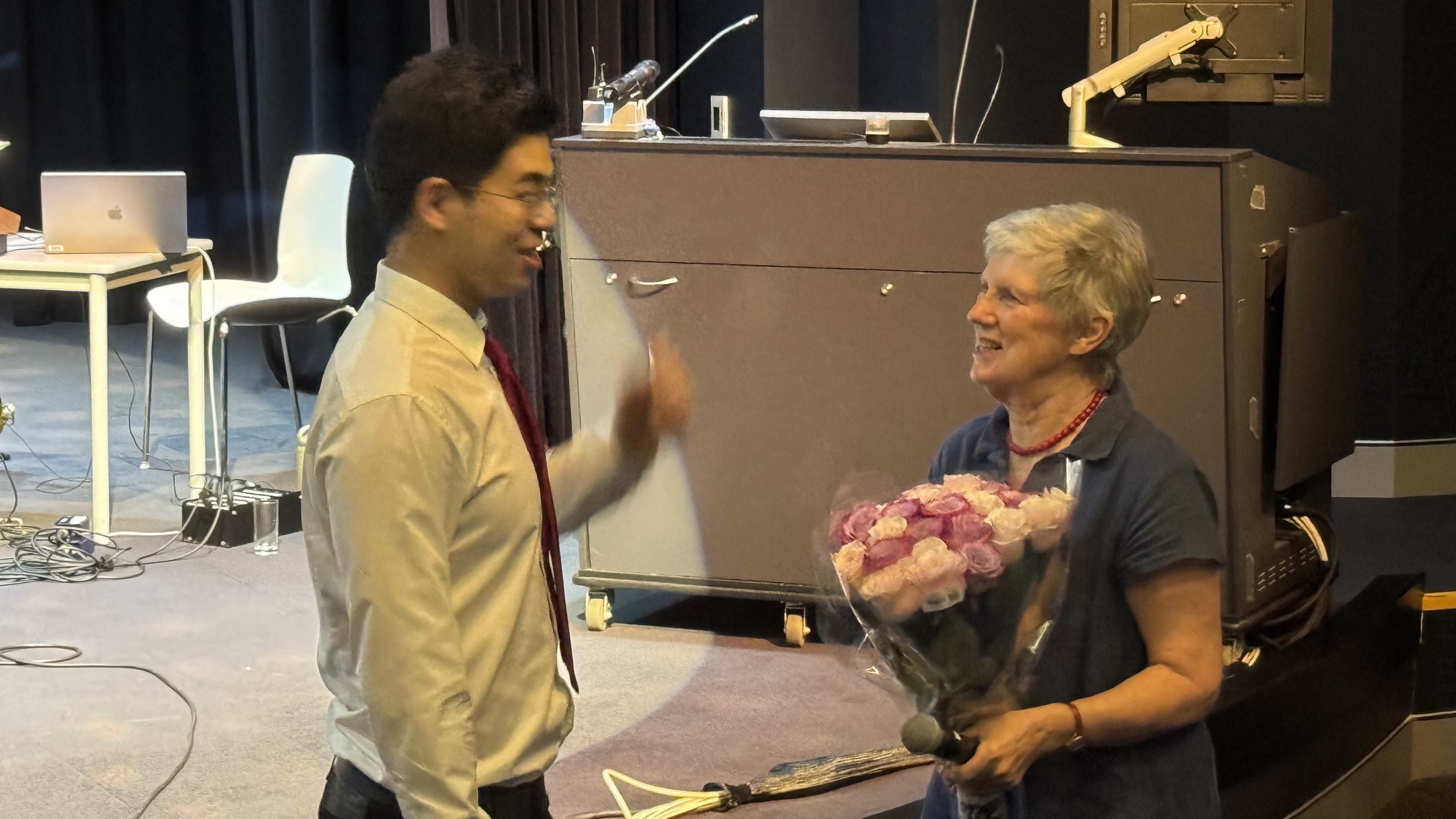
|
| Figures 1 and 2: Two Western Sydney Wenwren: Emeritus Professor Michael Atherton and Associate Professor Diana Blom with pianist Jiaqi Cheng (photos: Bruce Crossman) | |
This energy of subtly and storm, related to nature, is also present in Korean traditional music-Gugak, where undulating fast-pushing motions of the left hand whilst the right plucks ebbed and flowed like a wave being pushed alive and then subsiding in Western Sydney doctoral student, Jin-ju Yang's performance of the ancient acceleration form of Sanjo on the Korean zither-the gayageum. Her contemporary trio bandmate, Yuri Lee, was equally impressive in her physical pulling of relaxed strings into action with a type of unsteady richness that dipped and regathered expressivity constantly as a transfixing, intense point of sound within her haegeum-a type of traditional violin with two silk strings, set with infinite colour changeiv possibilities for expressiveness.
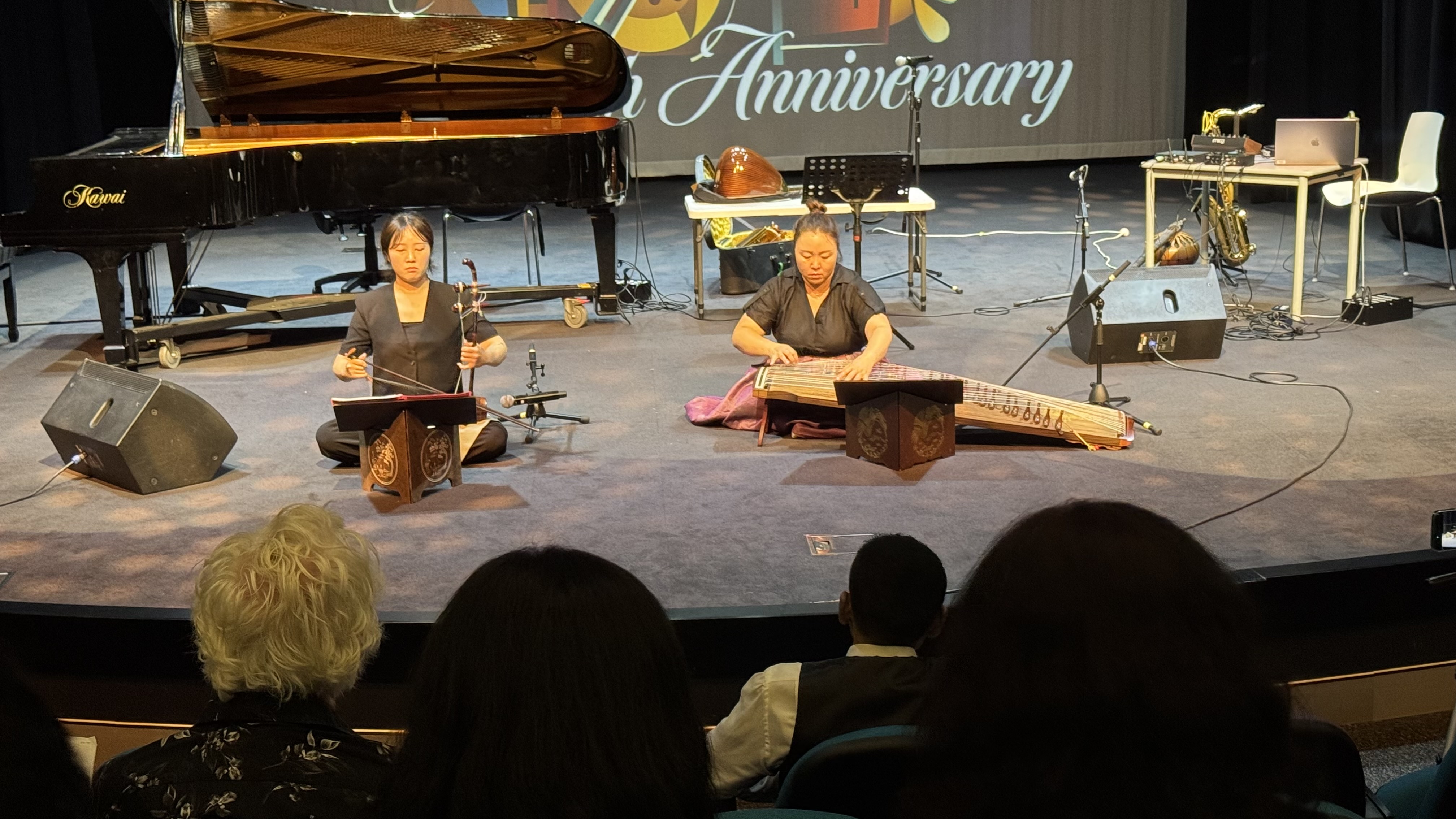
Figure 3: Yuri Lee (haegum) and Jin-ju Yang (gayageum) (Photo: Bruce Crossman) |
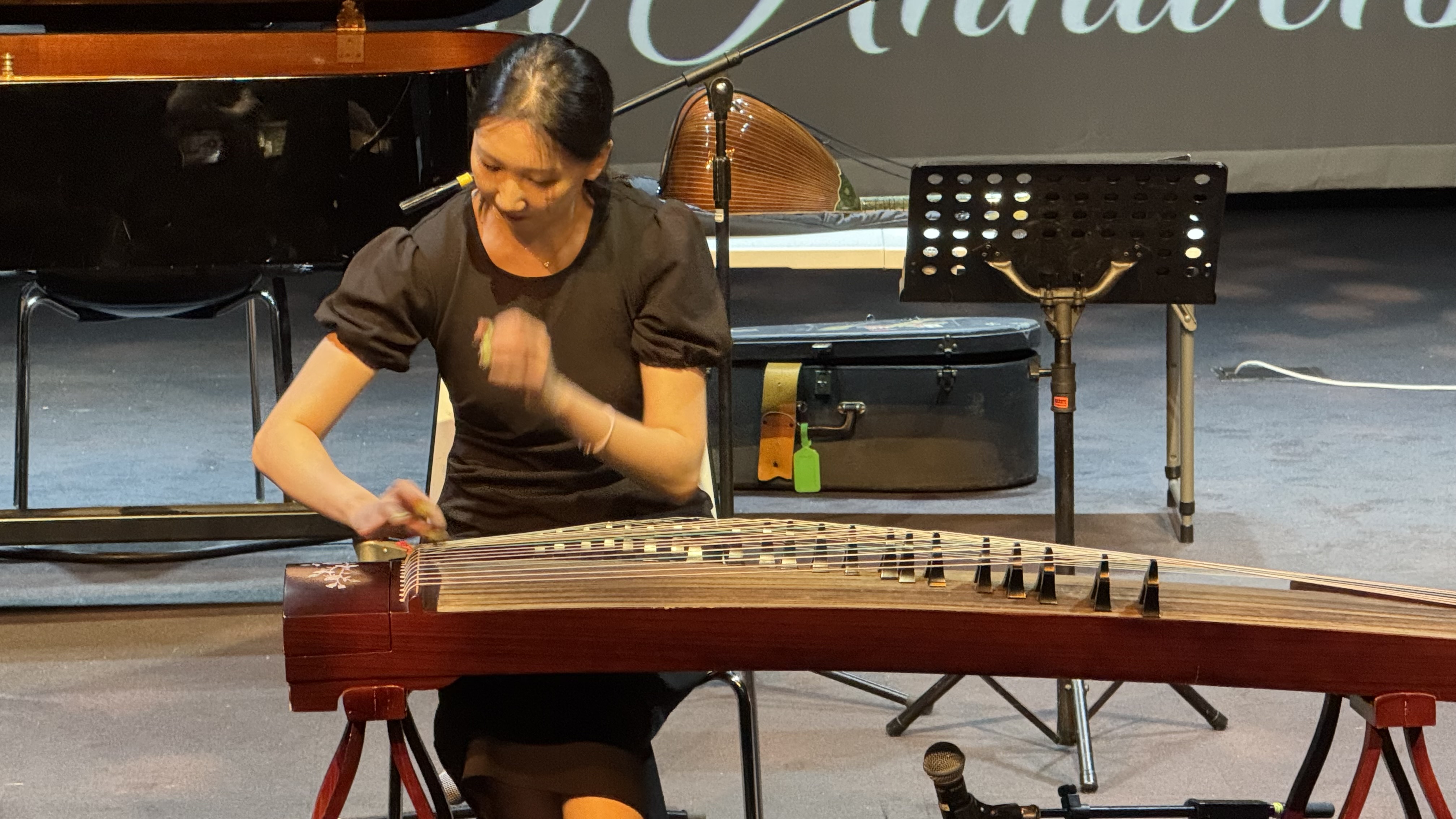
Figure 4: Chuqiao Zhao (guzheng) (Photo: Bruce Crossman) |
Example 1: 30th Anniversary Concert of the Music Area at Western Sydney University Part 1v (Zhao on guzheng).
Literal breath energies rippled through the room, including with Vietnamese composer and performer, Le-Tuyen Nguyen, singing in Vietnamese in his Song of the South in duo with pianist Diana Blom. Here, there was type of vulnerability in the voice where the energy dissipated into breath-softness that touched somewhere inside your heart. Recently retired Director of Music, Dr Clare Maclean's beautiful Winnowing Light collaboration with poet Kate Fagan, featured the consummate artistry of Claire Edwardes' marimba virtuosic lightness and moody breath phrases from Jason Nobles' chalumeau low-clarinet low tones that rose from these depths like a prayer, symbolised by the long-flight pattern of Swifts' migrating flight from Korea to Australia. This sound recording was richly beautiful in detail and presence in the handling by former colleague, Dr Ian Stevenson's sound design. In my own work Gyeonggye: Border, a film about the vulnerability of passing from one world to another and healing in nature with Pedro Velasco (director of photography), Hyelim Kim, a virtuosic Korean taegŭm performer, broke the sound with her reed-membrane rasping of the sound, interspersed with Judeo-Christian glossolalia chant and Korean Buddhist Temple bowl resonances, that grew into rippling sounds throughout the entire register of the instrument, as the visual shifts from graveyard stones set in lush-green surrounding hues to gritty shots of the large transverse bamboo taegŭm-flute disappearing into light.
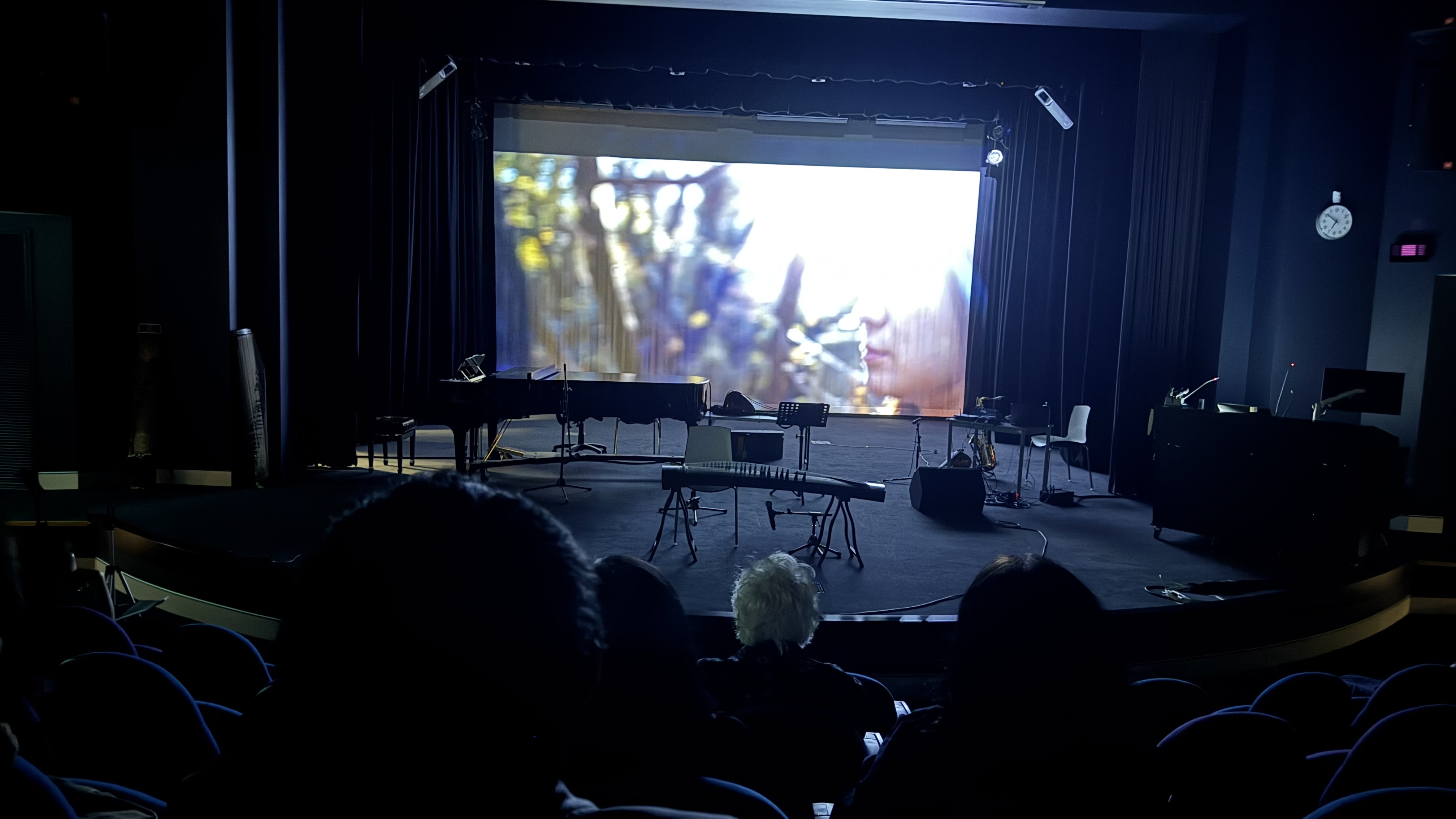
Figure 5: Hyelim Kim (taegŭm/voice) and Jin-ju Yang (gayageum) (Photo: Bruce Crossman) |
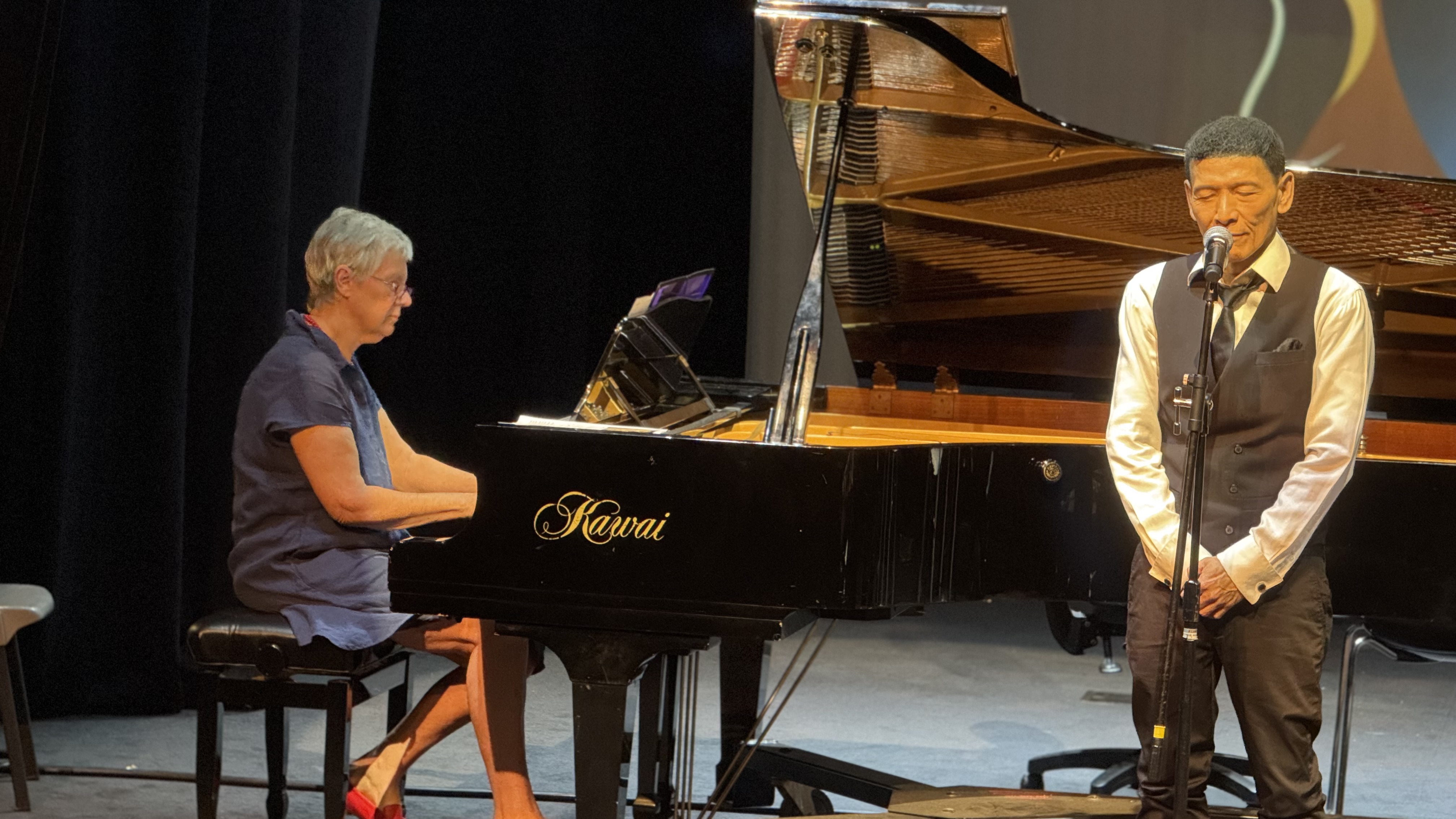
Figure 4: Diana Blom (piano) and Le-Tuyen Nguyen (voice) (Photo: Bruce Crossman) |
Example 2: Gyeonggye: Bordervi by Bruce Crossman (composer), Hyelim Kim (performer), and Pedro Velasco (director of photography)
As the lights dimmed, and we all gathered into the centre of the auditorium, with kinetic explosions of sound moving around us. Here, the sonically treated inside the piano low resonances swirled around us-almost capturing us, with a quite disturbing an ominous presence in the darkness. Here, senior technical officer and researcher Dr Noel Burgess, skilfully used these ancient gong-like sounds-procured from our Hamburg Steinway piano with mallets bounced and hit on the strings-like large diving birds utilising the latest innovations in sound design from our Dolby Atmos system. This compositional-sound design collaboration with Diana Blom-our Associate Professor and former Head of Program, Music-illustrated Chou's esthetics, in the sense it felt-like the ancient agung and kulintang ensembles' gong music of Malaysia, where Blom had lived for many years, yet its compositional high-rippling piano sounds emerging above the rumbling low distorted piano sounds transformed by technology and almost minimalist design were immediately contemporary. Blom, is one of Australia's finest Music Educationalists and this beautiful unfolding of multiculturalism in our midst was her design within the concert. It also included startling renditions and lyricism of Chopin by Steinway artist Jiaqi Cheng and Shufang Zhang, as well Danielle Burns' eloquent stability of Mozart in her clarinet tones. In a sense, Associate Professor Diana Blom is like the Wenren artist figure that Chou describes in his writing, "Wenren and Culture"vii-one with broad knowledge of the arts as scholar, statesman and accomplished artist.
One her pupils, and now our colleague, is Dr Brendan Smyly who performed with breathing subtly on saxophone and created electronic rippling of the sounds, similar to the Burgess-Blom's sonic circles, in collaboration with his Blue Mountains neighbour, instrument builder Justin Montefiore. Here, Brendan and Justin were locked in breathing saxophone subtly of poignancy within revealed rippling delicate harmonics on strings in the tarhu-a mixture of Chinese erhu and Turkish tambur. It felt like the emerging presences of gently contrasting of bush, bird and cicada delicacy of the Blue Mountains National Park of the pair's lived environs were present in the auditorium space.
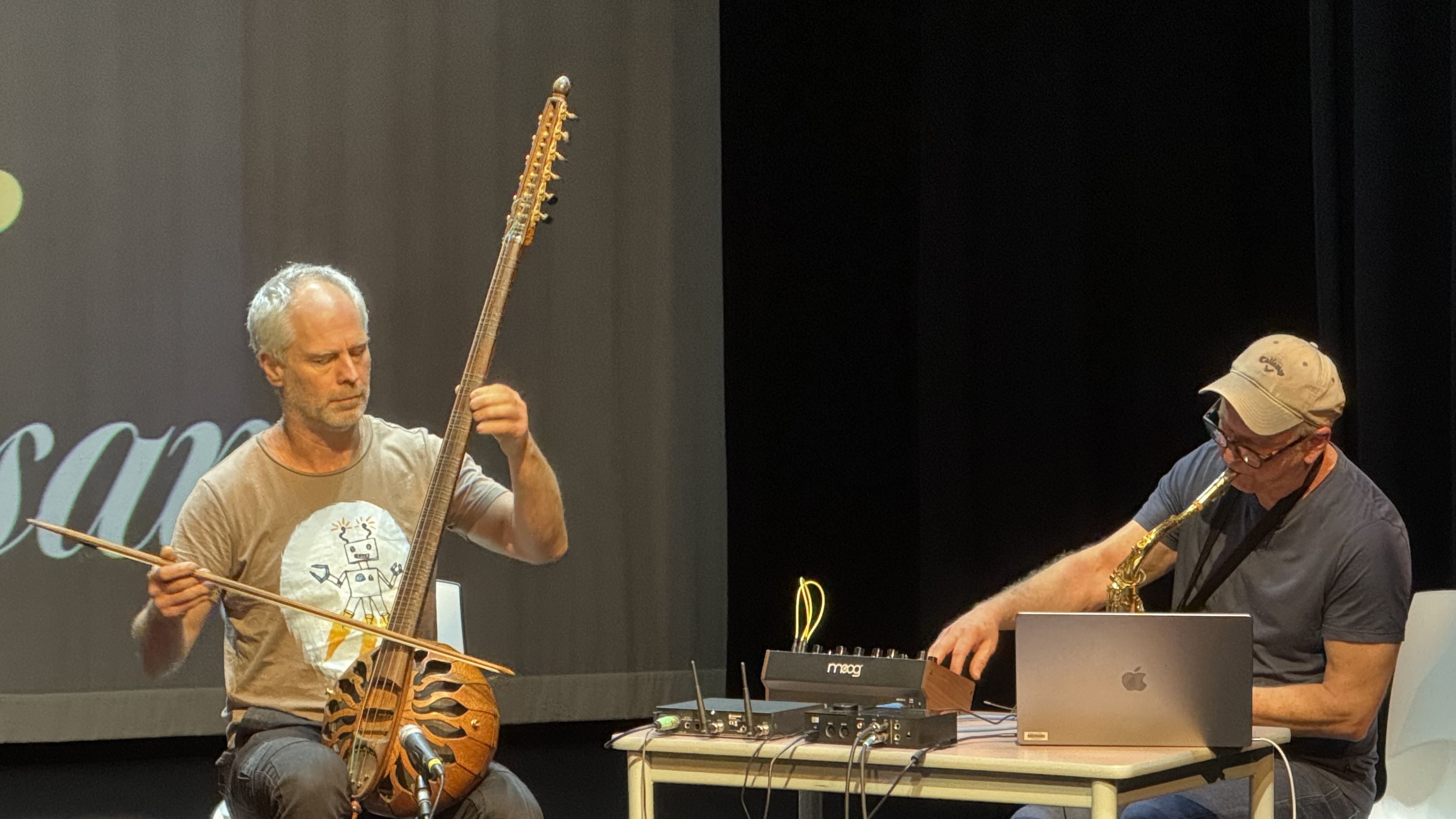
Figure 7: Justin Montefiore (tarhu) and Brendan Smyly (saxophone/electronics) (Photo: Bruce Crossman) |
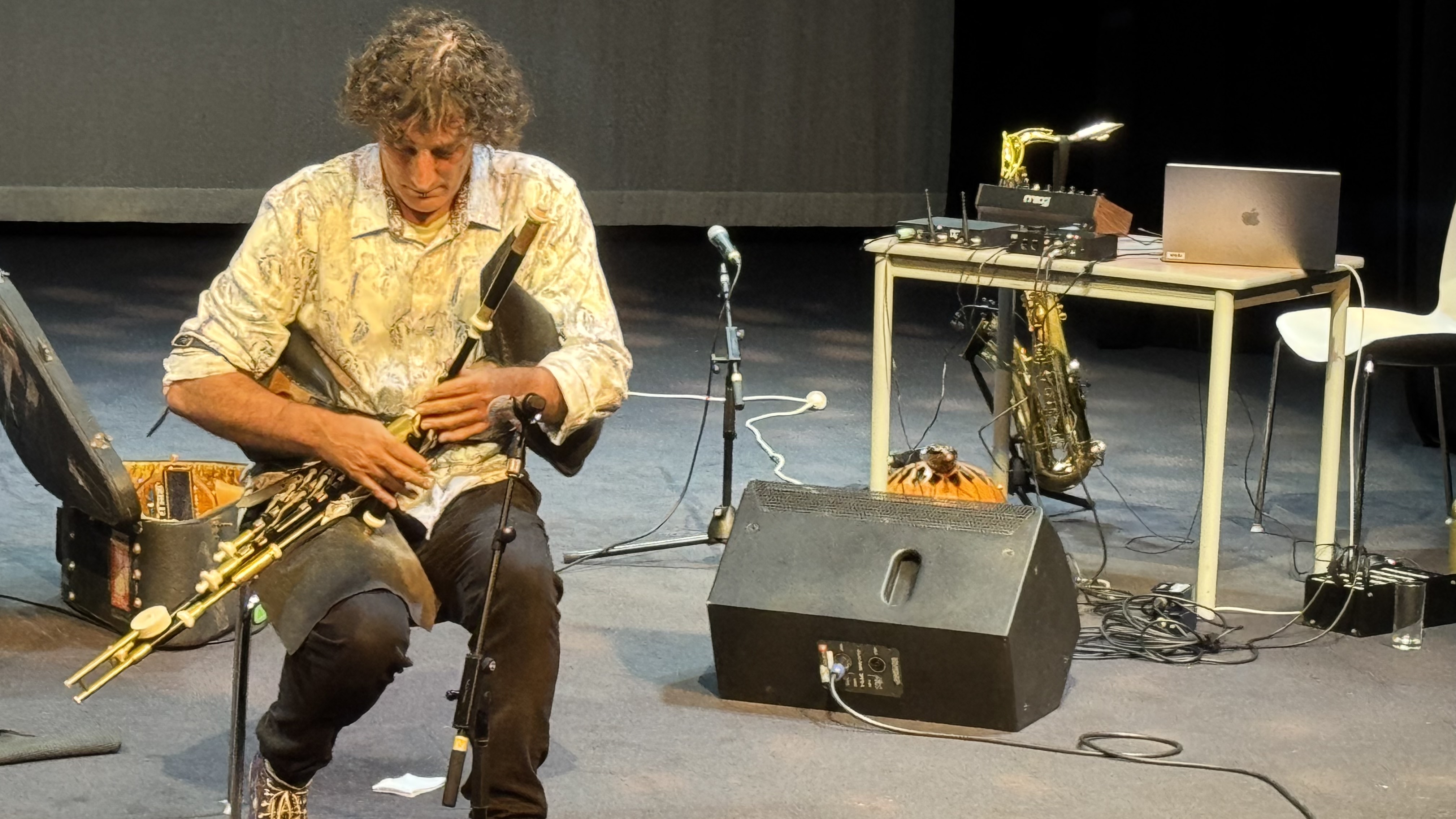
Figure 8: Adam Cameron-Taylor (uilleann pipes) (Photo: Bruce Crossman) |
In the midst of this concert design by Blom, was our Emeritus and Founding Professor of Music, Michael Atherton. He too, fits with the Wenren ideal as a type of Western Sydney version of the sageviii figure, who is an accomplished multi-instrumentalist, composer and scholar whose vision for music as a vibrant multicultural discourse centred within the beauty of Western Sydney's Diaspora cultures, radiating around Penrith, founded our Music Area several decades ago. Here he took us back into medieval Europe demonstrating his high-level improvisation skills in what he terms as 'comprovisation' across a wide range of ancient European wind instruments. The droning rawness of his hurdy-gurdy seemed to provide a gritty and rich centre in this demonstration merging deep-scholarship and natural flow of improvisatory skill-a type of unknown yet felt impulse that had stirred the waves of this rich multiculturalism that reverberated around the chamber in our Penrith Campus, nestled at the foot of the Blue Mountains. The waves of this vibrating multiculturalism gentle ebbed away in Adam Cameron-Taylor breath in the surprisingly gentle pipes-the Irish with drones-in Maol Dònaidh (The Fisherman's Song for Attracting Seals).
Example 3: 30th Anniversary Concert of the Music Area at Western Sydney University: Part 2ix
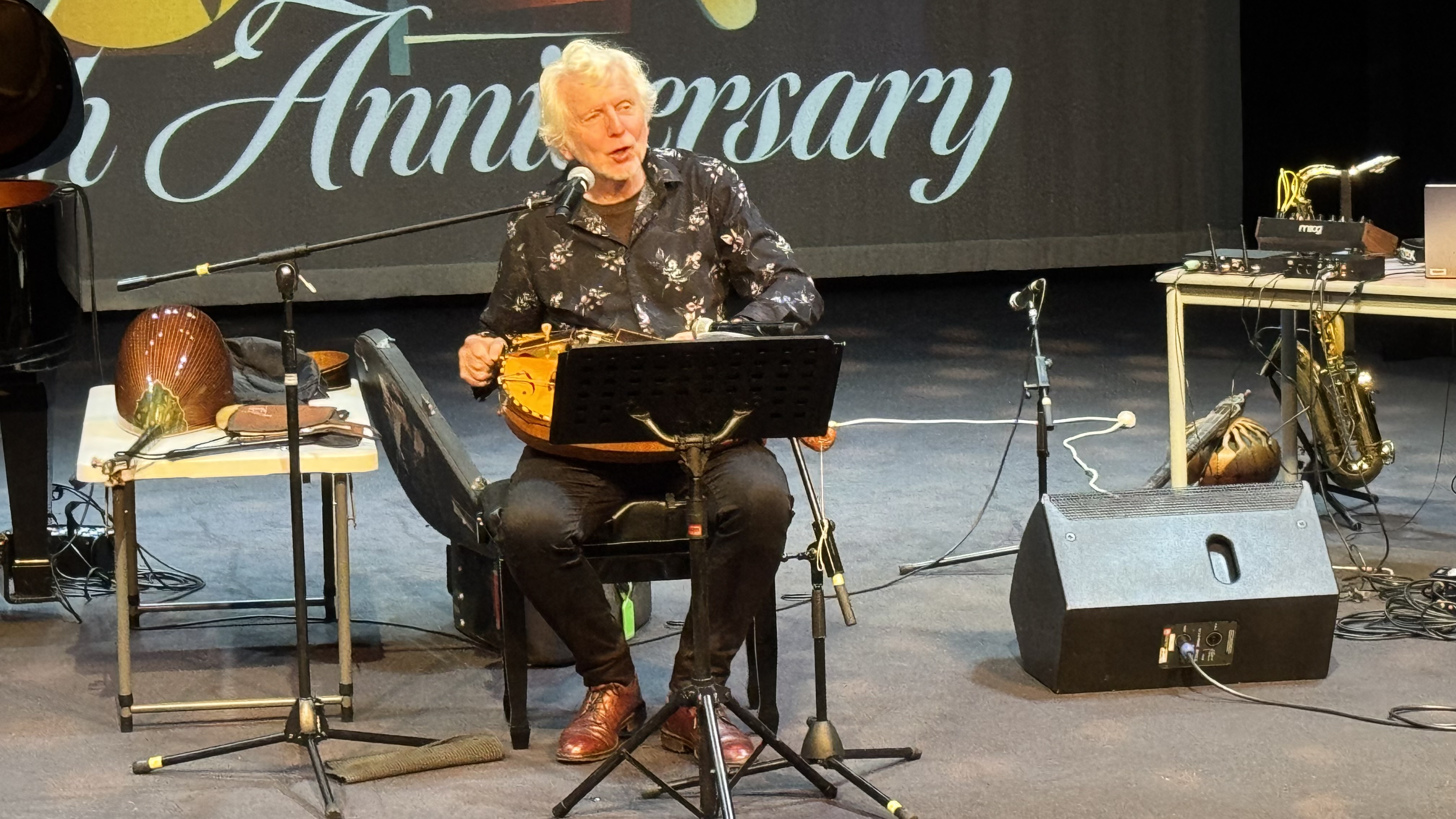
Figure 9: Emeritus and Founding Professor of Music, Michael Atherton (hurdy-gurdy) (Photo: Bruce Crossman)
In summing up this Western Sydney Music creativity, it is clear that the ancient traditions of the Asia-Pacific especially, as well as the medievalism of Europe, had resonated with the contemporary in the present, and rippled with ideas for future creativity, as a type of stream of creative-actions that synergised with Chou's esthetics for the region. It is my dream, that these rich tones of Asia-Pacific located multiculturalism of the Music and Music Therapy discipline will continue and grow in their cross-disciplinary resonances-especially with our current Director of Music, Associate Professor Andrew Milne with his recent multicultural and cross-disciplinary ARC Discovery project-with the coming new theatre course in our Penrith precinct, whilst still vibrating richly with our amazing colleagues in continuing collaborations within the School of Humanities and Communication Arts film and creative writing disciplines, MARCS Institute (Brain, Behaviour and Development), Institute for Australian and Chinese Arts and Culture and rippling internationally within our region and beyond.
Footnotes
i. Chinese-born composer and scholar Chou Wen-Chung sees this single tone approach, noted in the Confucian Book of Rites "'Yiieh Chi' (Record of Music)" (Chou 1971, p. 216), as an Asian aesthetic (p. 216) which is also present in Korean traditional music techniques. Chou sees it as coming out Chinese zither (ch'in) in chien tzu notation system where different sized ideograms contain all the colour variations of a single entity created through left hand techniques, such as the position on string for stopping, sliding techniques, and after-the-tone vibration techniques as well as right hand alterations of tone such as "simultaneous attacks…and use of nail or flesh" (p. 214). See the detailed ideas in Chou Wen-Chung (1971), "Asian Concepts and Twentieth-Century Western Composers," The Musical Quarterly, vol. 57, no. 2, pp. 211-229. In the concert the East Asian musicians used these inside-the-note aesthetics in their various musical techniques, including Chuqiao Zhao on guzheng from China, and Yuri Lee on haegeum and Jin-ju Yang on gayageum from Korea.
ii. For a discussion of the qiyun aesthetic with Chinese literati philosophy, see Ho, E. 1997, 'Aesthetic Considerations in Understanding Chinese Literati Musical Behaviour,' British Journal of Ethnomusicology, Vol. 6, pp. 35-49.
iii. Chou Wen-Chung (1981). "Asian Aesthetics and the World Music," is from a speech Chou gave at the Asian Composers Conference and Festival in Hong Kong, 6 March 1981. This crucial excerpt outlining his vision for Asian esthetics is on the website dedicated to Chou Wen-chung' ideas and music. His Asian esthetics clarion call to composers is available on a website dedicated to his work, Chou Wen-Chung: Composer, Teacher and Cultural Ambassador: 1923-2019, "Asian Aesthetics in the World," Asian Composers Conference and Festival 1981, Hong Kong. See: https://chouwenchung.org/writing/excerpts-from-asian-aesthetics-and-world-music accessed 9 December 2024. Other published articles expand on these ideas, including the impact of Asian esthetics on twentieth century art music practices in "Asian Concepts and Twentieth-Century Western Composers," especially around the spiritually meditative single tone, where he links Varese's "living matter" (p.214) to Chinese musical aesthetics where "each single tone tone is a musical entity in itself… shrouded in poetic and mystic metaphors" (pp. 214-15). See the detailed ideas in Chou (1971, "Asian Concepts").
iv. See this single tone aesthetic present in both Chinese and Korean music, discussed under footnote i above, which is within Chou (1971, "Asian Concepts").
v. 30th Anniversary Concert of the Music Area at Western Sydney University: Part 1, recorded at the Playhouse, Penrith Campus (Kingswood), Western Sydney University on Thursday 28 November 2024. Recording: Alexander Frendo; Mastering Noel Burgess. See: https://www.youtube.com/watch?v=Ey8sbVAAM9U accessed 9 December 2024.
vi. Gyeonggye: Border was written for Hyelim Kim (taegŭm) in collaboration with filmmaker Pedro Velasco (director of photography) and in memory of my father, Wallace Crossman (Potocki). The film recording was done in November 2021, Abney Park in Stoke Newington, London, United Kingdom.The full credits are: Pedro Velasco (director/editor/cinematographer/camera operator/director of photography [DOP]/producer), Hyelim Kim (taegŭm/performer/concepts/producer), Bruce Crossman (composer/concepts/producer), Øyvind Aamli and Hyelim Kim (London) (session producers), Øyvind Aamli (London) (session/mastering engineer), Michell Hart (Sydney) (mastering engineer), Lew Haeng-yol (South Korea) (calligraphy). See: https://www.youtube.com/watch?v=nmDtiCKNYtU accessed 9 December 2024.
vii. Chou expands at length on this concept (Chou 2004, pp. 213-14) in his beautiful overview of Chinese culture and responsibility for the overview of the arts within that cultural paradigm. See Chou, Wen-Chung (2004), 'Wenren and Culture' in (eds.) Yayoi Uno Everett and Frederick Lau, Locating East Asia in Western Art Music, Middletown, Connecticut: Wesleyan University Press, pp. 208-220, 256-264, 286-289.
viii. Chou links the attributes of the Chinese Wenren more broadly to the sage figure and their deep concerns about society (Chou 2004, p. 214). In this sense Atherton is a type of sage figure with his deep concern about the expression of Western Sydney Diaspora cultures in music, which was a guiding philosophy behind his setting up of the Music Area at Western Sydney University.
ix. 30th Anniversary Concert of the Music Area at Western Sydney University: Part 2, recorded at the Playhouse, Penrith Campus (Kingswood), Western Sydney University on Thursday 28 November 2024. Recording: Alexander Frendo; Mastering Noel Burgess. See: https://www.youtube.com/watch?v=YElr18mxgO8 accessed 9 December 2024.
© Australian Music Centre (2024) — Permission must be obtained from the AMC if you wish to reproduce this article either online or in print.
Bruce Crossman's sound world embraces Asian traditional musics, free form improvisation and European influenced interval-colour sonority towards a personal Pacific identity. Peter Sculthorpe, Chou Wen-chung and Chinary Ung have influenced Crossman's Pacific-based aesthetic.
He holds the positions of Associate Professor (Music), Discipline Leader (Music and Music Therapy), and Coordinator of Composition in the School of Humanities and Communication Arts at Western Sydney University.
Comments
Add your thoughts to other users' discussion of this article.
You must login to post a comment.
Online Assignment Help
by Tony hix on 13 March, 2025, 6:35pm
Fantastic post! Do you want <a href="https://www.instantassignmenthelp.com/marketing-assignment-help">Marketing assignment help</a>? Seek expert guidance on case studies, strategy, and research to ace your projects. straightforward, unique solutions with thorough justifications. Seek professional assistance to raise your grades stress-free, steadily, and rapidly!
Online Assignment Help
by Tony hix on 17 March, 2025, 5:52pm
What a fascinating post! Are you looking for assignment help in London? Engage professional writers to help you with your assignments. The paper will be delivered on time, in top condition, and without any plagiarism. Students in London trust us to help them with their essays, dissertations, and other assignments. Place your order right away to avoid stress!
Study abroad consultants
by Vanshika Khandelwal on 3 July, 2025, 2:44pm
What an Amazing post! Explore the vibrant academic life at the Oxford campus where tradition meets innovation. With world-class facilities, historic architecture, and a rich learning environment, the Oxford campus offers students an unforgettable university experience that inspires excellence and personal growth.